Module 7
Indigenous Children and Youth

Creating the best possible environment for Indigenous children and youth to develop, grow and succeed is a responsibility we have as a society. Children and youth who have access to healthy food, physical activity, quality education, health care and positive parenting tend to be healthier and better equipped for the challenges they face growing up. The following module describes Indigenous children and youth in Canada, where they live, socio-economic issues they face, family structures they are part of, community supports and challenges, health services they can access, the impact of the environment on their health, and developmental outcomes.
The Module is based on a Determinants of Health Model that examines the impacts of structural, systemic, community and family enablers on individual health and well-being. Creating a healthy, positive start for every Canadian child needs to become a priority – an investment in Indigenous children and youth is an investment in the future.
Innovative Examples
This section provides some innovative examples of programs and interventions that groups and organizations have developed based on data and research. It is hoped that these examples, along with the supporting information found in this module, will provide inspiration for the further creation of initiatives to improve the lives of Indigenous children in Canada.
5.10.4
Jordan's PrincipleSuggested Citation and Contributors - Section 5 - Indigenous Children and Youth Early Childhood Development Section of The Health of Canada's Children and Youth: A CICH Profile
The Chair wishes to thank the Expert Advisory Committee and all of the key informants for their time and advice.
Section 1
A Determinants of Health Model
A Determinants of Health Model is being used to structure the Indigenous Children and Youth Module. The Model provides a cohesive approach to data presentation that takes into account how structures, systems, community and family enablers impact overall child and family well-being to create optimal environments for Indigenous children and youth to grow up healthy.
1.1 A Determinants of Health Model

Section 2
Indigenous People of Canada: First Nations, Inuit and Métis
2.1 Indigenous People of Canada: First Nations, Inuit and Métis
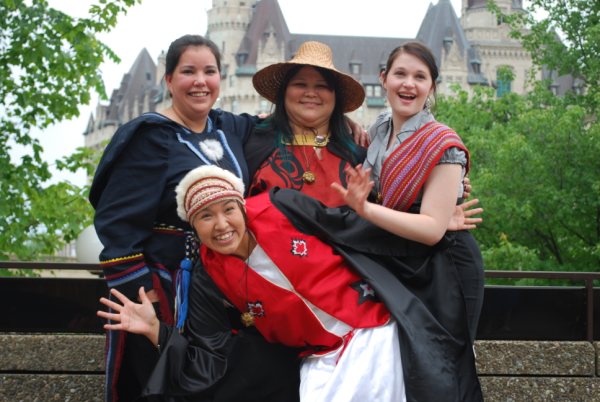
Section 3
Structural Enablers of Well-Being
Structural enablers of well-being include high level legislation, policies or agreements that enable the development of healthy, positive environments for children, youth and families. Health service delivery agreements, governance and land treaties are examples of structural enablers that can support health and overall community well-being.
3.1 Indigenous Acts, Treaties and Governance
3.2 Indigenous Federal/Provincial/Territorial and Self-Governance
3.4 Protecting Indigenous Children and Youth
3.4.2
Jordan's Principle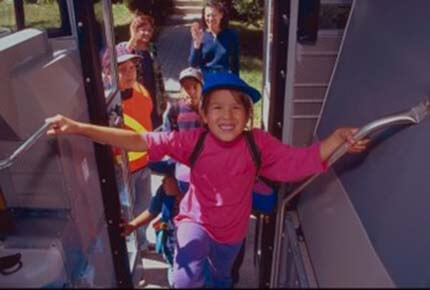
Section 4
Systemic Enablers of Well-Being
System enablers of well-being relate to systems (for example, the education, health, child welfare, justice systems) that provide needed services. Schools, hospitals, mental health programs, well-baby clinics and Head Start programs are examples of system components that support and enable well-being. Strong, community-focused, accessible systems that support families and individuals are instrumental to the development of healthy environments for Indigenous children and youth.
4.1 Health
4.1.6
Nutrition North Canada4.2 Education
4.2.2
Provision of Education4.3 Child Welfare
4.3.1
Child Welfare Laws4.5 Justice
4.5.4
Federal Initiatives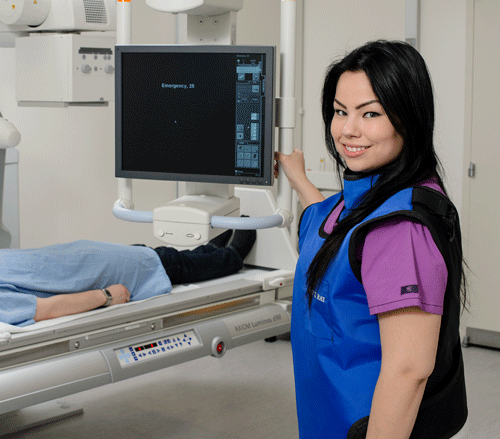
Section 5
Individual Health and Well-Being - The Early Years
Pregnancy and the early years (ages 0-5) are a time of extreme growth and development for children. Prenatally, young children can be exposed to influences that impact their birth outcomes – making education and care of pregnant mothers critical. Equally important are the environments in which children grow up. Children with access to healthy food, physical activity, quality education, health care and positive parenting tend to be healthier and better equipped for the challenges they face growing up. The content for this section was produced for the Public Health Agency of Canada by the Canadian Institute for Child Health in collaboration with the Canadian Council on Social Determinants of Health. The views expressed herein do not necessarily represent the views of…
5.1 Demographic Information
5.2 Family Income, Education and Employment
5.3 Healthy Eating and Food Security
5.4 Housing
5.5 Community Well-Being
5.6 Family Well-Being
5.7 Maternal Behaviours
5.8 Physical Health
5.9 Education and Child Care
5.10 Child Welfare
5.10.3
Percentage of First Nations children in care on reserve, by placement type, Canada, 2006 to 20165.10.4
Jordan's Principle5.11 Environmental Risks and Conditions
5.11.2
Precautionary Principle5.12 Consolidated Results
Section 6
Individual Health and Well-Being - Middle Childhood
During the middle-years (ages 6-14), children learn important life skills such as problem solving and decision-making. These are the years that children enter school and establish new relationships with peers and adults. These new relationships, along with established family relationships, help develop a sense of self and belonging that contributes greatly to overall health and well-being.
6.1 Demographics
6.2 Income and Employment
6.3 Healthy Eating and Security
6.4 Housing
6.5 Community Well-Being
6.6 Family Well-Being
6.7 Health and Well-Being
6.8 Child Welfare
6.9 Education
6.10 Environmental Risks and Conditions
6.10.2
Precautionary Principle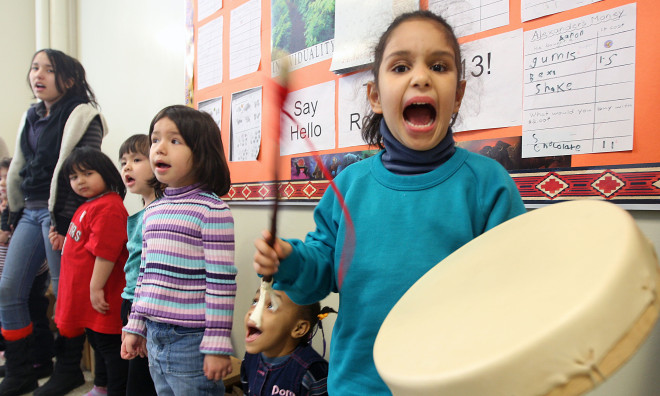
Section 7
Individual Health and Well-Being - Youth
In Indigenous communities, youth is loosely defined as 15-25 years of age. Indigenous youth contribute to their families and communities as students, employees and volunteers. This is a time of incredible change as individuals transition from children to adults. Youth need the guidance, support and respect of caring communities and families as they navigate this important developmental stage.
7.1 Demographics
7.2 Income and Employment
7.3 Healthy Eating and Security
7.4 Housing
7.5 Community Well-Being
7.6 Family Well-Being
7.7 Health and Well-Being
7.8 Education
7.9 Environmental Risks and Conditions
7.9.4
Endocrine disruptors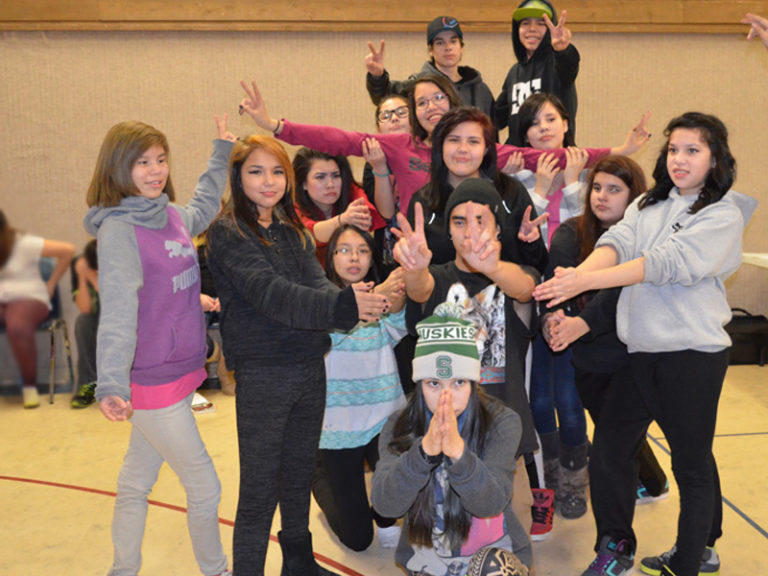
asdfasdfasdf

